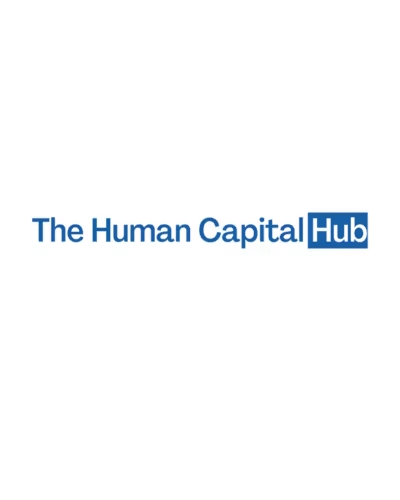In the present complicated business world, managing stakeholders well plays a crucial part in making any project or organization successful. Stakeholders are not only employees, customers and suppliers but also investors, community members as well as regulatory bodies - all with different interests and impacts on a given project's outcome. Managing these diverse interests by hand is often difficult and time consuming. This is the area where stakeholder management software is used, providing strong instruments for making stakeholder participation more efficient and improved.
Understanding Stakeholder Management Software
Software for managing stakeholders is created to support organizations in recognizing, evaluating, communicating and overseeing their stakeholders effectively. These tools offer one unified place for storing all stakeholder-related details that can be accessed and controlled easily. When data about stakeholders is brought together, it helps organizations guarantee their communication remains uniform, timely and suitable for various groups of people involved.
Key Features of Stakeholder Management Software
Stakeholder mapping is a main function in software for stakeholder management. This allows the user to see and understand the relationship, as well as the power of different stakeholders through diagrams or charts. Stakeholder maps can sort out stakeholders according to their interest and influence, assisting project managers in deciding who they should engage with first. When we talk about spotting stakeholders at the start of a project, it means finding and recognizing all those who have an interest or involvement in the success of that project.
Another important aspect is communication management. Frequently, stakeholder management software comes with features for arranging and monitoring communications. This makes sure that every interaction gets recorded, and subsequent steps are observed. It is a crucial element to keep transparency and responsibility in the relationships with stakeholders (Raza et al., 2022). You can also arrange for automated warnings and memory aids to make sure no important communications are overlooked.
Also, these software solutions typically offer powerful analysis and reporting features. Through studying stakeholder interactions and responses, organizations can understand the feelings and worries of stakeholders. This method using data helps in making decisions with more knowledge and aids to create improved relationships that are positive towards stakeholders. Reports are useful tools for creating detailed project updates that keep stakeholders informed and involved, promoting trust.
Benefits of Using Stakeholder Management Software
A main advantage of stakeholder management software is the boost in efficiency. This comes from automatic handling of regular tasks like putting data, keeping track of communication and creating reports. With this automation, organizations can save time and resources by reducing manual workloads (Patanakul & Kwak, 2012). The improved efficiency helps project teams concentrate on strategic engagement activities instead of basic administration work.
An additional benefit is better team work. These tools usually have elements for group cooperation, like joint boards, handling documents and instant changes. With a cooperative setting provided by stakeholder management software, it guarantees that all people in the same team are on the same page and can participate fully in engaging with stakeholders. This alignment is crucial for maintaining a coherent and unified approach to stakeholder management.
Moreover, stakeholder management software improves transparency and responsibility. When a precise account is kept for all interactions and communications with stakeholders, it becomes possible to confirm that organizations are fulfilling their promises and dealing with stakeholder worries without delay. This openness aids in creating faith and reliability among stakeholders, which is crucial for the success of a project over time.
Implementing Stakeholder Management Software
For successful use of stakeholder management software, it's very important to select a solution that matches with the organization's requirements and objectives. Primary factors for selection should be how easy it is to use the software, its ability to grow along with business needs, whether or not it can smoothly integrate into current systems and what kind of support you will get from vendors. Additionally, training your team members correctly is crucial so they can utilize this tool effectively and gain maximum advantage from its features.
Additionally, applying the changes in phases could make the shift smoother and decrease disturbance. Beginning with a test project might give useful understanding and let the organization handle any problems before they happen on a larger scale. Involving parties interested in implementation can also encourage agreement on commitments and guarantee that the software fulfills their requirements.
Conclusion
To sum up, stakeholder management software is a useful assistant for businesses that want to strengthen their connection with stakeholders. These tools gather all data related to stakeholders in one place, making it simpler and more organized to handle information about them. By offering features such as communication tracking and analysis of stakeholder views, these programs greatly support businesses in engaging with their stakeholders effectively. This leads to better collaboration, comprehension, and involvement from all involved parties.



